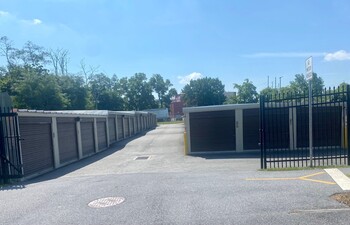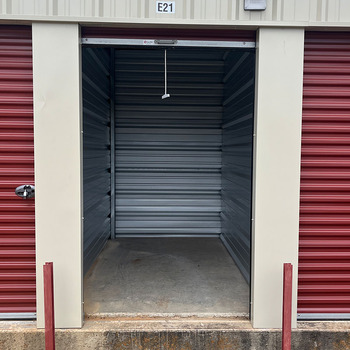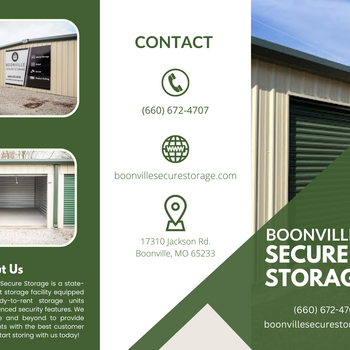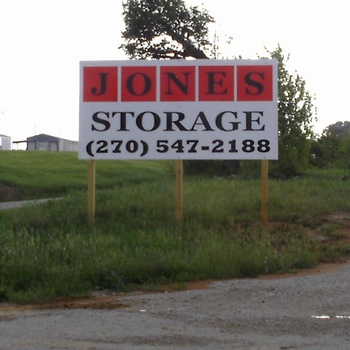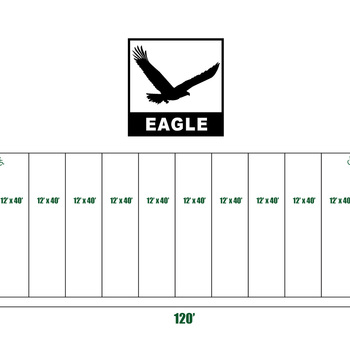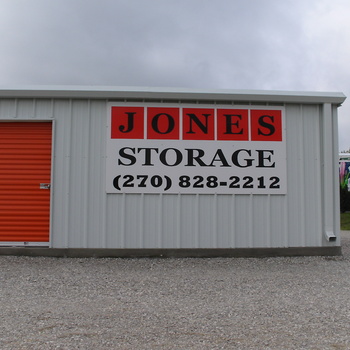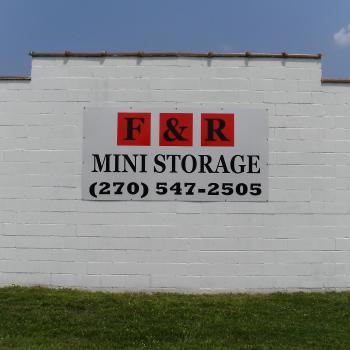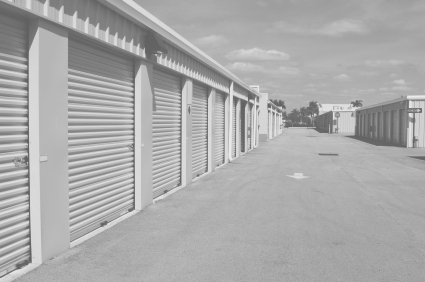The Ultimate Guide to Choosing the Right Size Self-Storage Unit
Article Featured
Whether you're moving, downsizing, or simply decluttering your home, renting a self-storage unit can make life significantly easier. But one of the most common questions people ask before renting is, "How much storage do I need?"
Choosing the right size storage unit is crucial. Pick one too small, and you'll end up with boxes stacked to the ceiling or, worse, things that won’t fit. Choose one too large, and you could be paying for unused space. This storage unit size guide will help you make the best choice for your needs.
Why storage unit size matters
Understanding self-storage unit sizes is key to efficient storage planning. Not only will the right size save you money, but it also ensures your items are stored safely, without damage or excessive stacking.
Here’s what to consider when choosing a storage unit:
- Type and volume of items
- How often you need to access the items
- Room for movement or rearrangement
- Future storage needs
Common self-storage unit sizes and what they hold
Self-storage facilities typically offer a range of unit sizes to suit personal and business needs. Here's a breakdown of the most popular sizes and what they can accommodate:
5x5 (25 sq ft) – Small Closet
Perfect for:
- Seasonal decor
- Small furniture
- Boxes of books or documents
- Personal items like clothes or sports gear
5x10 (50 sq ft) – Walk-in Closet
Ideal for:
- Studio apartment contents
- Mattress sets
- Desks, chairs, and small appliances
- 10–15 medium boxes
10x10 (100 sq ft) – One-Bedroom Apartment
Best for:
- Contents of a small home or apartment
- Appliances and furniture sets
- Business inventory or equipment
10x15 (150 sq ft) – Large One-Bedroom Apartment
Can store:
- Large appliances (washer/dryer, refrigerator)
- Couches, dining tables, dressers
- Outdoor equipment or motorcycles
10x20 (200 sq ft) – Small Home
Recommended for:
- Full household storage
- Multiple rooms of furniture
- Boxes, tools, and bicycles
- Small vehicles or trailers
10x30 (300 sq ft) – Full-Sized Home or Business Use
Perfect for:
- 3–5 bedroom home contents
- Office furniture and files
- Equipment or large vehicles
How to estimate your storage space needs
To answer the question, “How much storage do I need?”, consider these practical steps:
- Take inventory: List everything you plan to store. Group items by size and fragility.
- Use measuring tape: Measure large items to see how much space they'll occupy.
- Stack wisely: Consider if items can be safely stacked, like boxes or bins.
- Leave walking space: Especially if you'll need regular access to your things.
- Plan for future items: Choose a unit with a little extra room if you expect to add more items later.
Climate control and special considerations
Beyond size, you’ll also want to consider the storage unit type. Do you need climate control for electronics, antiques, or musical instruments? Do you need drive-up access for heavy items or frequent loading and unloading?
Each of these factors may affect the size and type of unit that’s best for your situation.
Renting vs. investing: exploring self-storage opportunities
Self-storage isn’t just for renters—it’s also a smart real estate investment. If you're interested in the business side of storage, explore these resources:
- Self Storage Facilities for Sale – Find investment opportunities..
- Self Storage for Rent Near Me – Search available units in your area.
- Self Storage Financing – Find companies that specialize in financing self storage facility purchases.
Final thoughts: choose the right size with confidence
Choosing the right storage unit size doesn’t have to be overwhelming. With a clear understanding of your storage needs and the available unit sizes, you’ll be able to choose a storage unit that fits your items—and your budget—perfectly.
Whether you’re storing furniture, files, or family heirlooms, following this storage unit size guide ensures you get the space you need without overpaying. For affordable, convenient storage options, start your search today at SelfStorages.com.
Related Content
Personal Self Storage Solutions for Home Owners and StudentsThe Rise of Self-Storage for Remote Workers and Digital Nomads
